By Chuck Lyons
The USS Franklin was not a lucky ship. In March 1945, off the Japanese mainland, the Essex-class aircraft carrier was hit by two 550-pound bombs that struck her flight deck and penetrated into the hangar deck. Less than six months earlier, a kamikaze had hit her off Leyte in the Philippines, killing or wounding 120 members of her crew.
The second attack ignited the fuel tanks of 31 armed and fueled aircraft awaiting launch, as well as “Tiny Tim” air-to-surface rockets and other ordnance aboard the ship. Fires raged. Rockets whistled across the deck, and machine-gun ammunition clattered. In minutes, the Franklin was dead in the water with massive casualties, a 13-degree starboard list, and without any radio communications. Many of her damage control team members were dead and some of her water lines, needed to fight the fires, were severed. Flaming and wreathed in choking smoke, she was 52 miles from the Japanese mainland and drifting closer.
The Franklin Would Endure
“I saw guys flying through the air [and] saw men running around on fire, just flaming torches,” a seaman on a nearby destroyer reported. Like most of the men who could see the Franklin, he though she was doomed.
But the USS Franklin would survive.
Not only would she survive, but dubbed “the ship that wouldn’t die,” she would steam 12,000 miles under her own power first to the Caroline Islands, then across the Pacific to Pearl Harbor, and then through the Panama Canal to the Atlantic Ocean and then to the Brooklyn Navy Yard. Her story is considered one of the greatest survival sagas of the war.
Four days before the 1945 attack, the Franklin had sailed from Ulithi in the Caroline Islands, part of the 120-ship Task Force 58 deployed to launch attacks against the Japanese homeland in support of the Okinawa landings set for April 1. It was the Franklin’s return to combat after undergoing repairs from the kamikaze attack suffered in the Philippines. Her captain was Leslie E. Gehres, who had taken command of the ship the previous November. A veteran of World War I and a naval aviator since 1927, he was the Navy’s first aviation commodore. Captain Gehres was known as a disciplinarian and was said to be disliked by most of his men, who had nicknamed him Custer (after General George Armstrong Custer) because of his perceived aggressiveness.
The keel of the Franklin, the fifth U.S. Navy ship so named, had been laid on December 7, 1942, the first anniversary of the Pearl Harbor attack. She was launched in Virginia 10 months later on October 14, 1943, and by June 1944, she had been deployed to the South Pacific where she was involved in operations in the Marianas, the attacks on Iwo Jima, Chichi Jima, Haha Jima, and Peleliu. By September she had been named the flagship of Task Group 38.4 and had taken part in attacks in preparation for the assault on the island of Leyte in the Philippines.
Big Ben’s Brush With the Japanese
While there, the Franklin, by now known affectionately to her men as “Big Ben,” just barely escaped being struck by two torpedoes, and on September 13 a Japanese plane—apparently not a kamikaze—crashed onto her deck and then slid across and into the water. On October 27, three Japanese kamikaze planes attacked her, one hitting the flight deck and crashing through to the galley deck, killing 56 men and wounding another 60. She limped back to Ulithi Atoll for temporary repairs and then went on to the Puget Sound Navy Yard in Washington, where more permanent repairs were made. She left Puget Sound on February 2, 1945, and joined a naval force gathering for strikes on the Japanese homeland. Now, a month later, she was off the Japanese coast.
Early on March 19, the battle group had begun attacks on the Japanese home islands aimed at knocking out enemy air power. The Franklin launched fighters to attack Kobe Harbor. By dawn on March 19, she was closer to the Japanese mainland than any other U.S. carrier had gotten during the war. The Japanese met the battle group’s attack with their own air power, and the Franklin’s crew had been called to battle stations 12 times in the six hours between midnight and dawn. By 7 am, however, things had quieted, and except for the gun crews the men were allowed to step down. On the galley deck, 200 men were standing in line for breakfast, their first hot meal in two days.
About 7:05 am, however, the aircraft carrier USS Hancock spotted an enemy aircraft approaching the group and broadcast the sighting to the task force. About four minutes later, the plane was seen lining up on the Franklin and another warning was broadcast. However, by that time the plane, possibly a Yokosuka D4Y Judy dive bomber or an Aichi D3A Val dive bomber, had broken the cloud cover and made a low-level run on the Franklin.
Some reports later claimed the plane had no markings and was not being fired on by the task force. Many had assumed it was friendly.
The Japanese plane dropped two 550-pound bombs toward the Franklin before a patrolling U.S. Vought F4U Corsair fighter shot it down.
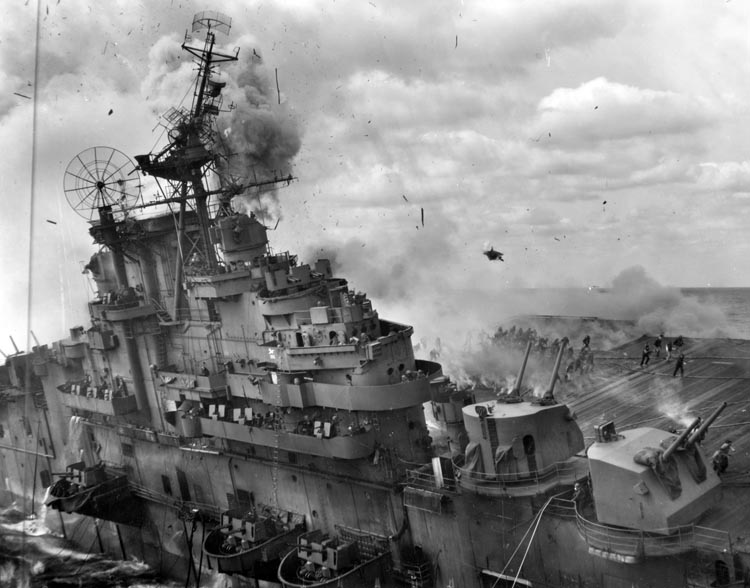
Ripped and Torn With Flames
Back on the USS Franklin, however, one of the two bombs struck in the middle of the flight deck slightly forward of the island, blowing a 15-square foot hole in the deck and passing through to the hangar deck, where there were 22 planes, 16 of which were fueled and five armed. The force of the explosion sent the No. 1 elevator up and out its shaft like a rocket. The second 550-pounder had hit the rear of the ship among the 31 planes warming up for takeoff there and igniting their fuel tanks. A burst of flame erupted from the flight deck, and men on other ships in the task force later said they could feel their vessels rock from the force of the explosion. The Franklin’s ready room was immediately destroyed, killing 24 of the 28 men in it.
“The center deck slammed into the overhead and the ready room was ripped and torn with flames and smoke and bodies were all over,” said Marine Corps pilot John Vandergrif, one of the four survivors.
Casualties were also high on the flight and hangar decks, where many of the crew who were preparing to launch aircraft had never heard any of the warnings, which had been drowned out by the noise of the airplane engines. The explosions jumbled aircraft together on the two decks and set off the Tiny Tim rockets with 500-pound warheads that whistled across the decks. Ammunition began cooking off.
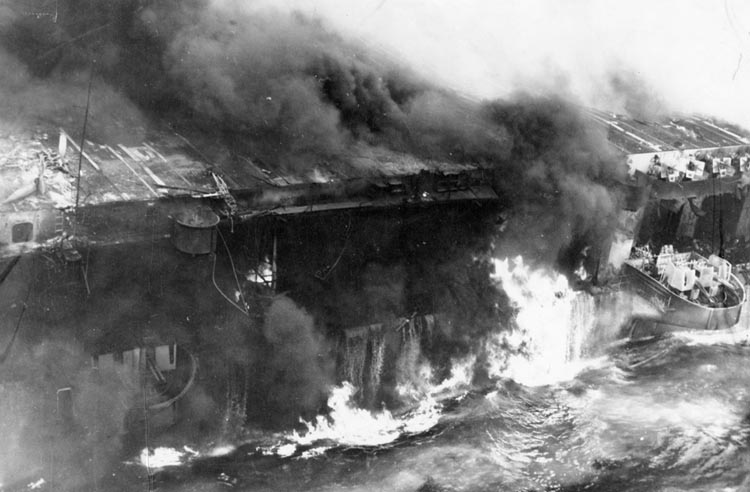
“Fifty-caliber ammunition in the planes on the deck set up a staccato chattering,” Commander Stephen Jurika, a navigator and flight deck officer on the Franklin, recalled.
“On the hangar deck,” a Time magazine reporter would later write, “now a roaring furnace, pilots blundered into still-whirling plane propellers, climbed frantically up the folded wings. Later some were found hanging like black, charred monkeys, caught in the overhead structure.”
Only two crewmen were able to escape the hangar deck carnage.
Medals of Honor Awarded
On the galley deck, many of the 200 men who had been waiting for breakfast were burned or crushed in place with still empty stomachs. Many of the ship’s men were blown over the side aft of the island or were faced with the choice of going overboard or being burned to death. Other crewmen tried to soak ammunition and missile supplies but found there was no water pressure, and still other men tried to toss live rounds over the side only to be blown over themselves.
The explosions severed many of the water lines that were needed for firefighting and killed or wounded a large number of the members of the damage control team. The heat melted electric wires, knocked out the ship’s communication network, and ruptured fuel lines that then sprayed gasoline on the fires. But in the chaos, many of the USS Franklin’s men rose to the challenge.
Lieutenant (j.g.) Donald A. Gray, one of two men to receive the Medal of Honor for their actions that day, discovered 300 men apparently trapped below deck. An engineer who knew the ship’s layout in detail, he groped his way through dark, debris-filled corridors until he discovered an escape route and made three trips back to the trapped men “despite menacing flames, flooding water and the ominous threat of sudden additional explosions, on each occasion calmly leading his men through the blanketing pall of smoke until the last one had been saved,” his Medal of Honor citation reads. He then organized and led work parties to battle fires on the hangar deck and eventually raise steam in one boiler.
The other Medal of Honor was awarded to Lt. Cmdr. Joseph T. O’Callahan, the Franklin’s Catholic chaplain. Throughout the chaos that followed the attack and explosions and despite a leg wound, he raced around the damaged carrier administering the last rites, comforting wounded crewmen, organizing firefighting and rescue parties, helping to carry hot bombs and shells to the edge of the deck for jettisoning, and leading a party below deck to wet down magazines that were threatening to explode.
”He seemed to be everywhere,” an eyewitness later recalled of the chaplain’s exploits, “handling hoses, jettisoning ammunition and doing everything he could to help save our ship.”
About 7:30 am, as efforts to battle the fires and sort out the chaos continued, Rear Admiral Ralph Davison, the commander of the Franklin’s task group, made it to the bridge and told Gehres he was transferring his flag to the Hancock. “Captain, I think there’s no hope,” he said. “I think you should consider abandoning ship—those fires seem to be out of control.”
Gehres was reported to have nodded but remained silent, and the admiral was transferred to the destroyer Miller, which came alongside to collect him while training four water jets on the Franklin’s fires before pulling away.
By 9:30 am, the light cruiser Santa Fe had approached along the starboard side of the stricken ship, spraying water on the carrier and beginning to take on the Franklin’s wounded and nonessential personnel. She was also able to rescue some of the men who had jumped or had been blown overboard. As that was taking place, the ammunition for the Franklin’s aft five-inch antiaircraft guns exploded.
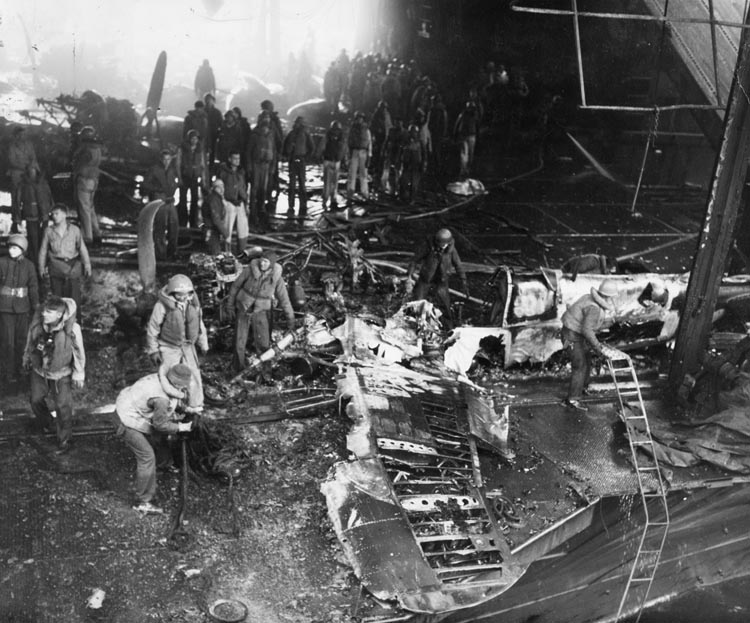
724 Killed, 265 Wounded
“Whole aircraft engines with propellers attached, debris of all description, including pieces of human bodies, were flung high into the air and descended on the general area like hail on a roof,” Jurika later said.
At about 10 am, the men remaining in the engine and steering rooms gave in to the heat and fled their stations. The USS Franklin was dead in the water with a 13-degree starboard list. She was 52 miles from the shores of Japan and had suddenly become the most heavily damaged carrier of the war.
Official casualty figures calculated shortly after the attack set her losses at 724 men killed and 265 wounded. More recent tabulations have put those numbers at 807 killed and more than 487 wounded, figures that would have brought her wartime losses to 924 killed in action, the worst for any surviving U.S. warship and second only to that of battleship USS Arizona, which was sunk in the 1941 attack on Pearl Harbor.
Despite the deaths and damage and Admiral Davison’s suggestion to abandon ship, Captain Gehres refused to give up the struggle to save the carrier. The heavy cruiser Pittsburgh arrived and was able to attach a tow line to the Franklin a little after 1 pm. The cruiser then worked the carrier around to the south and headed with her in tow toward Ulithi. By sunset the fires aboard the Franklin had been beaten back enough and the heat had abated to the point that men, including Tender 3rd Class Sam “Dusty” Rhodes, could get through to one of the ship’s boilers. By 10 pm, that boiler had been lit and was running.
“That’s when the ship’s heart started to beat again,” Rhodes later said.
The Franklin’s engines began slowly turning, and the tow speed increased to six knots. Additional boilers were brought into operation, and at 12:30 pm on March 20, the tow line was dropped. The Franklin was now progressing under her own power.
That afternoon, another Japanese dive bomber swooped in with the sun behind it and dropped a bomb toward the badly crippled carrier. Fortunately, the bomb fell some 100 feet short of the ship, doing little damage. During the night, the Franklin was able to increase her speed to 18 knots. Fires still burned on the gallery deck and in Captain Gehres’s own cabin, but the gyrocompasses, search radar, phones, and some of the carrier’s guns were working again. The Franklin was coming back.
As conditions aboard the ship began to slowly improve, the enlisted men and officers left aboard her were faced with the grisly task of disposing of the bodies of the dead that littered the decks. Most of the bodies were buried at sea with a minimum of ceremony, a task that took several days to complete.
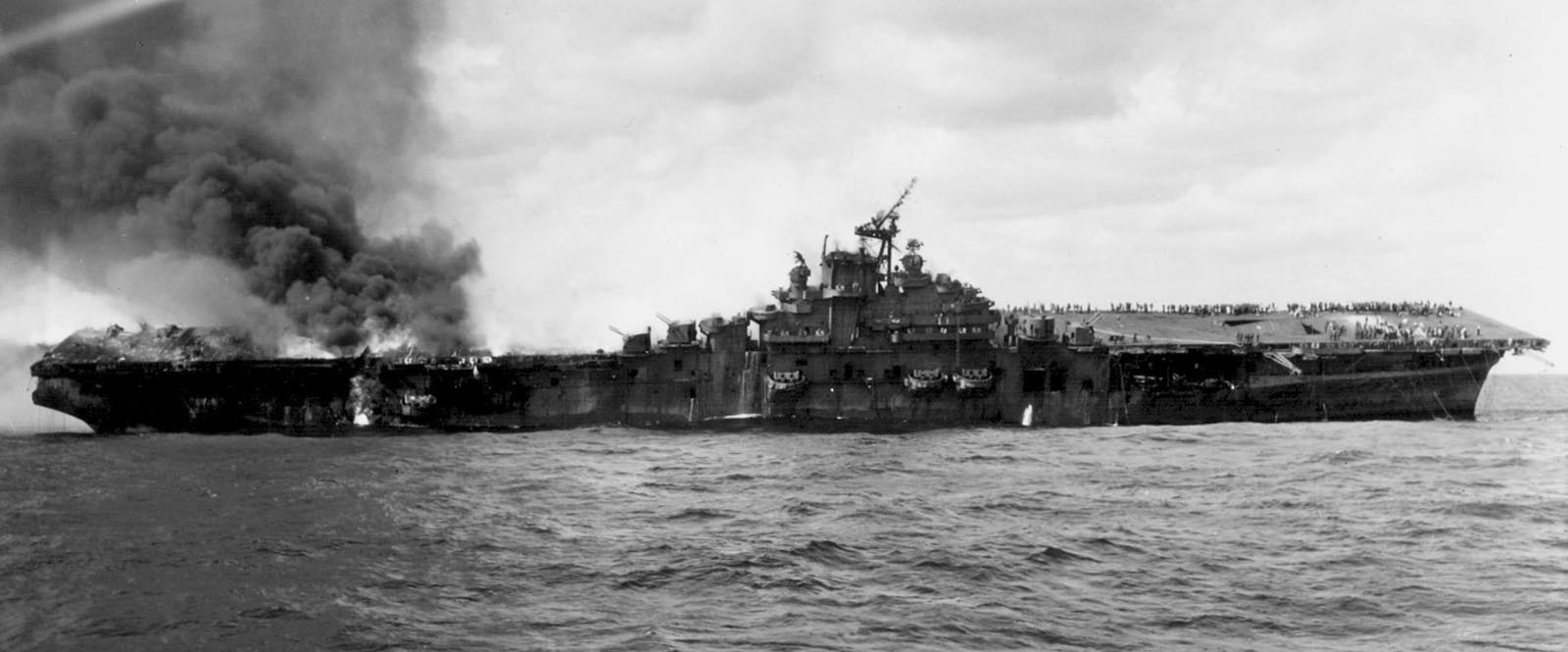
Final Echoes
When the Franklin finally arrived at Ulithi, she picked up a number of her crew members who had been thrown from or had jumped from the damaged carrier and had been pulled from the sea by other vessels. After emergency repairs at Ulithi, the carrier steamed to Pearl Harbor for more repairs and then headed to the Brooklyn Navy Yard, arriving there on April 28, 1945.
Throughout the saga of the ship’s return, however, Gehres, the disciplinarian, complained loudly about those crewmen who had left the ship during the disaster either consciously or unconsciously, men who had been blown overboard or had jumped as the flames approached them. “No order was issued to abandon ship,” he said.
The captain also created what he called the 704 Club, consisting of those men who had stayed with the ship throughout the disaster. He refused to recommend anyone not in the club for a citation. It has been suggested, however, that Captain Gehres’s ardor was cooled when someone mentioned that perhaps Admiral Davison’s name should be included on the list of those who had failed to remain aboard the Franklin.
Besides the two Medals of Honor that were awarded, Captain Gehres and 18 other men were awarded the Navy Cross, including the executive officer, Commander Joe Taylor, and Commander Jurika. Twenty-two men earned Silver Stars, and 115 Bronze Stars. Two hundred and thirty-four men received letters of commendation, and 1,110 Purple Hearts were awarded. In the end, the Franklin’s men had become the most decorated crew in United States Naval history.
At the Brooklyn Navy, Yard, the carrier suffered a boiler room fire that resulted in no casualties, and in 1946 a leak of carbon dioxide fumes killed two men aboard the ship. She was made seaworthy again but never returned to action. She was decommissioned in 1947 and scrapped in 1966. During her scrapping in Virginia, human remains from the March 19 attack, those of the last casualty to be recovered, were found inside an air duct.
Workers in the navy yard also reported that they had heard sounds while aboard the carrier. They were unable to locate any source. The sounds, they said, were of “men talking, and laughing, or horsing around like guys do.”
Were these the final echoes of the USS Franklin?
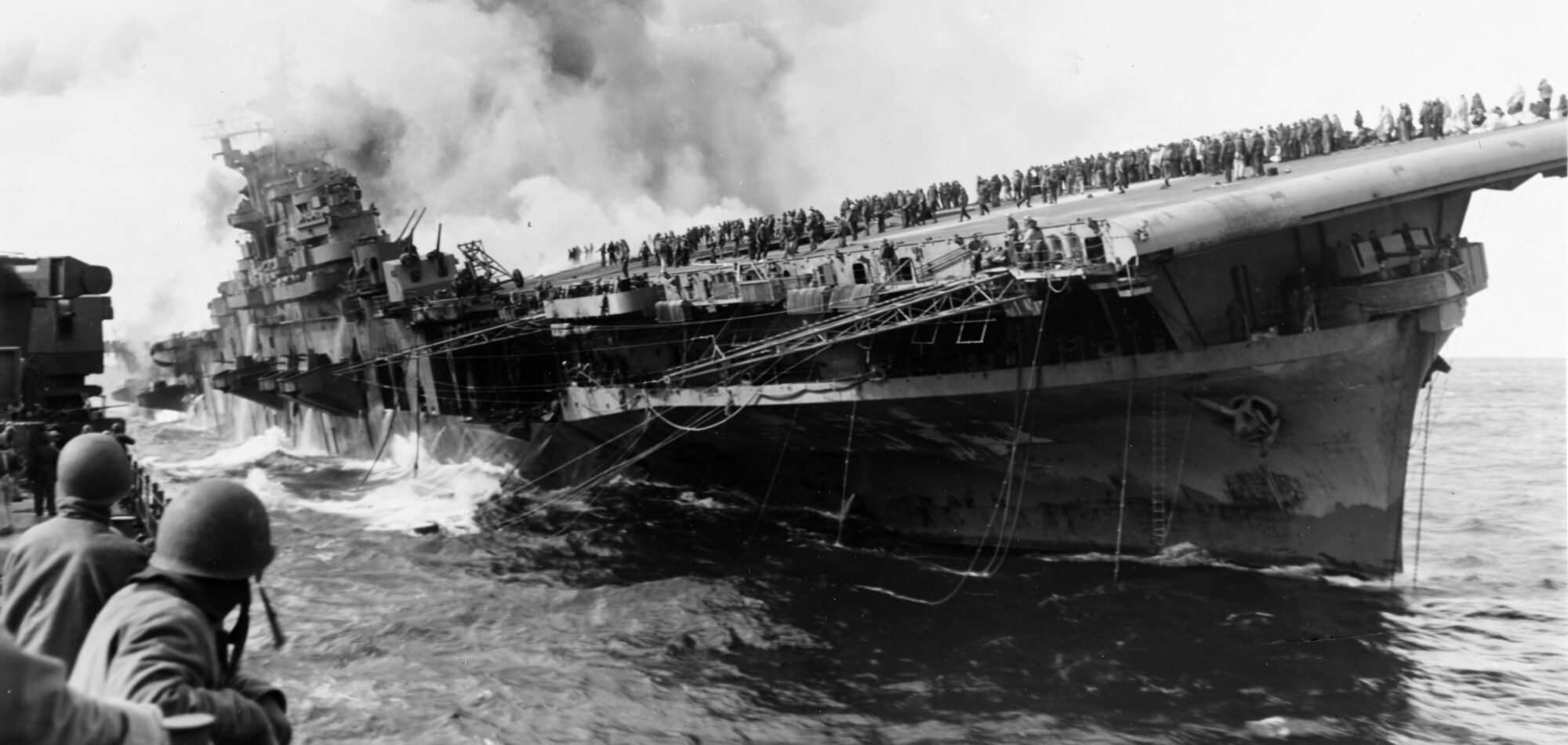
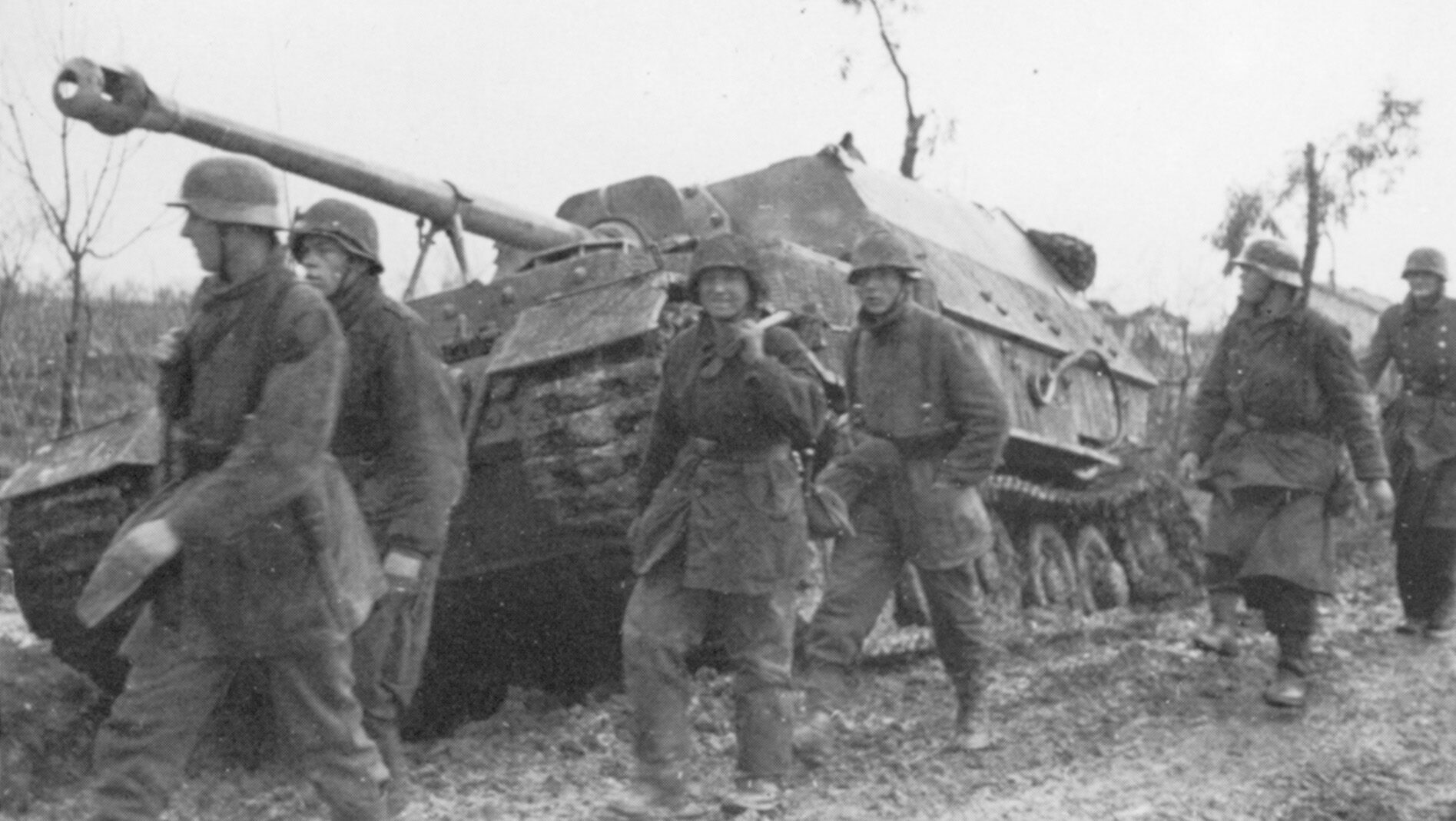
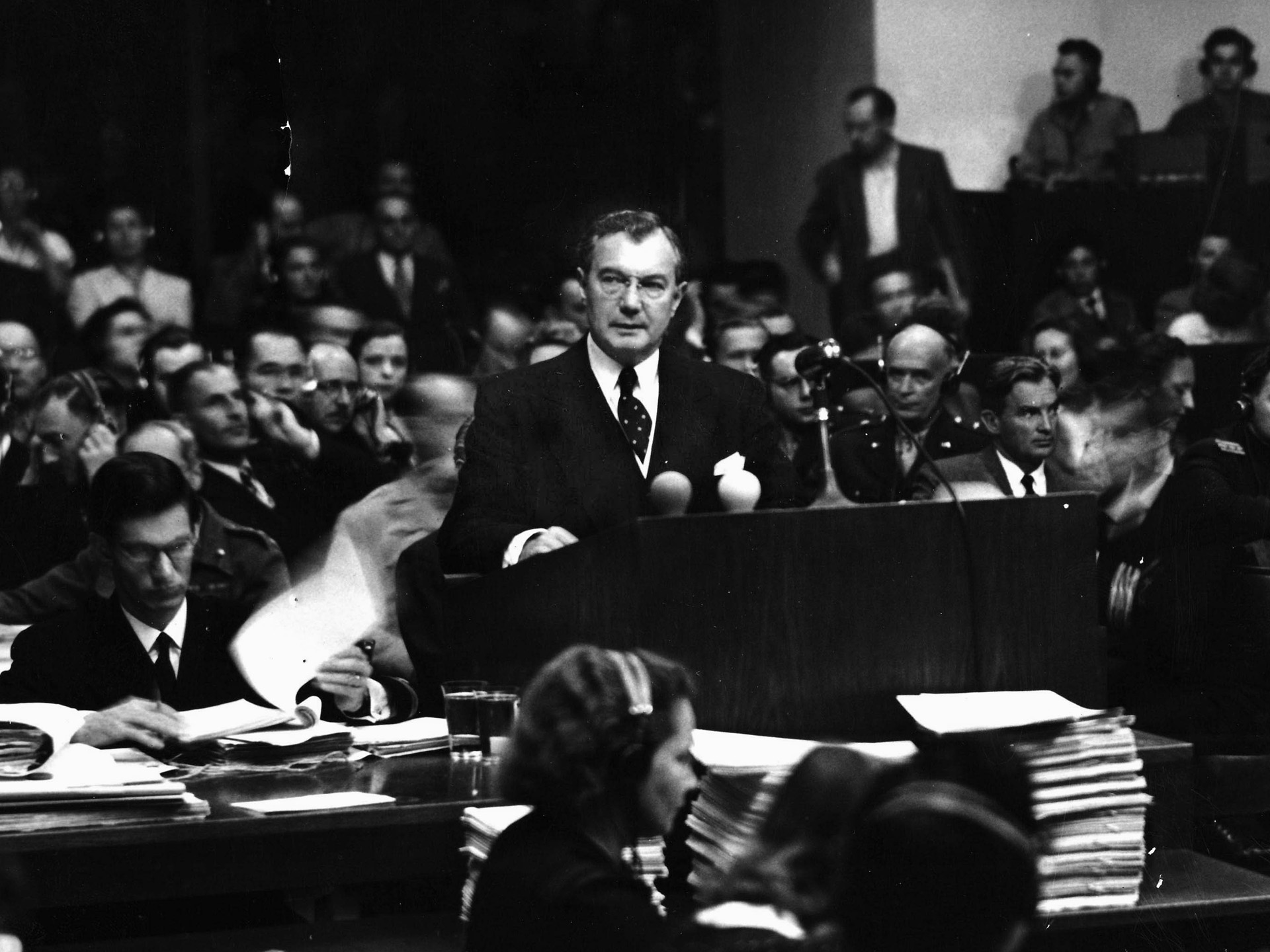
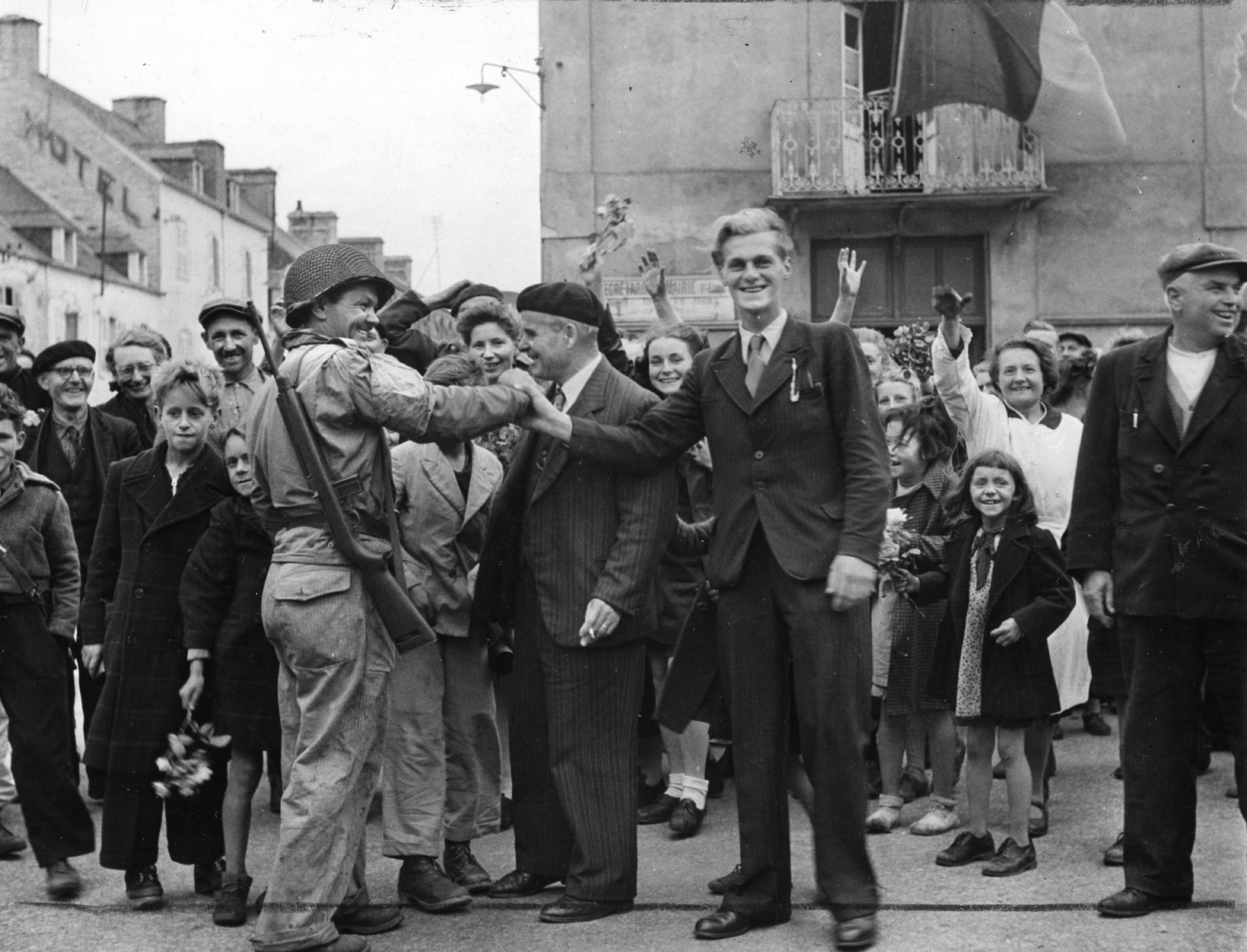
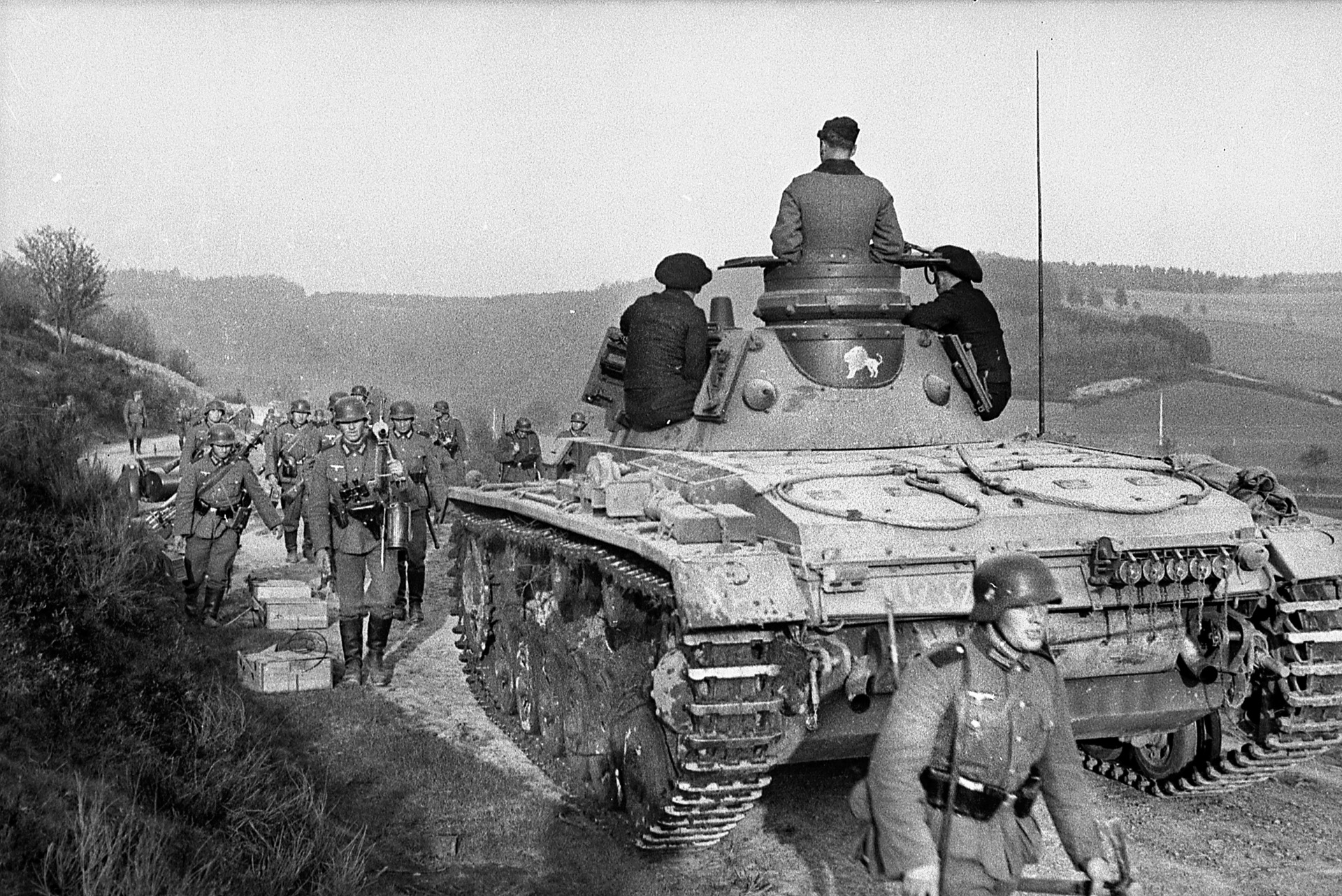
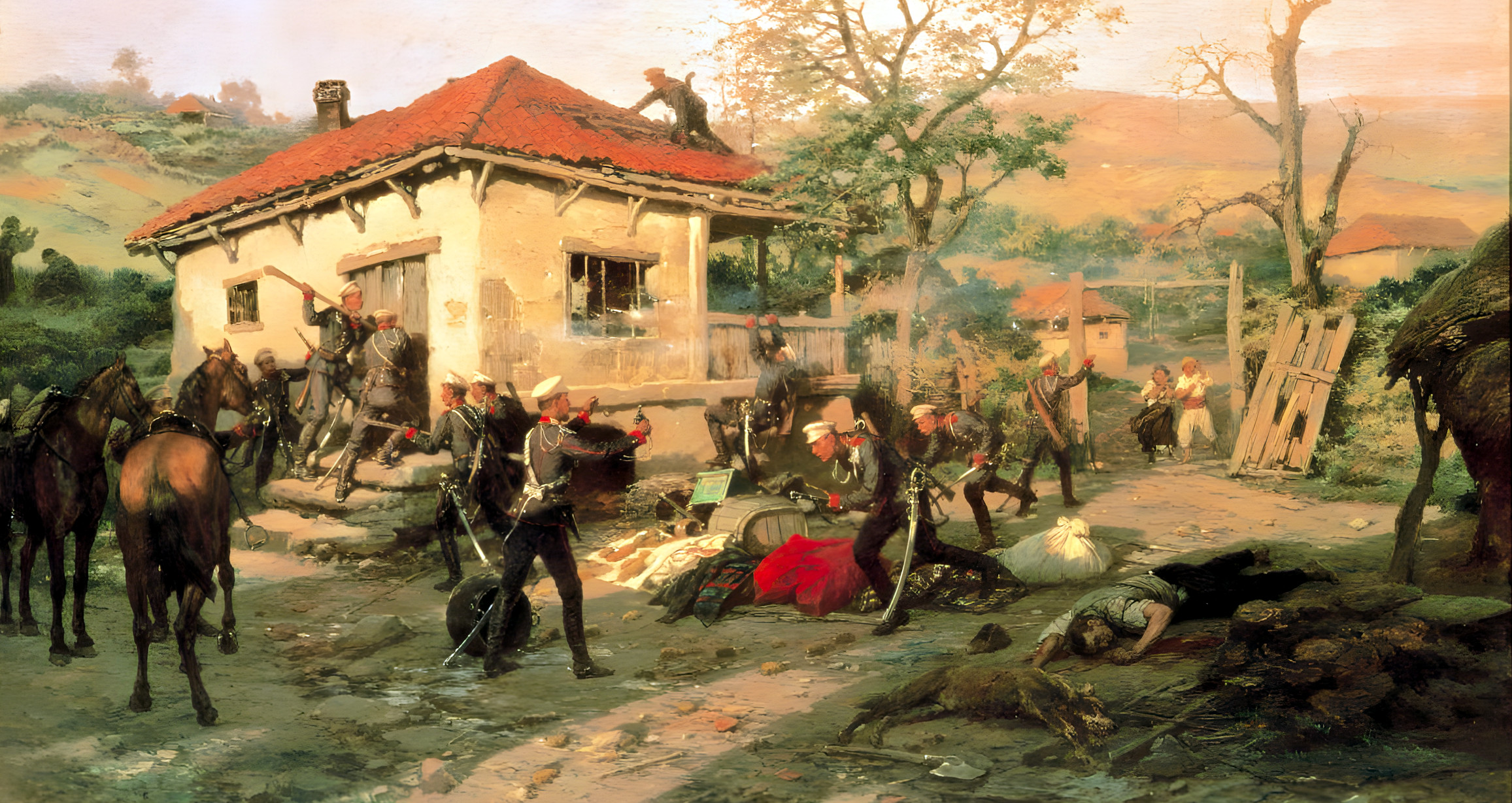
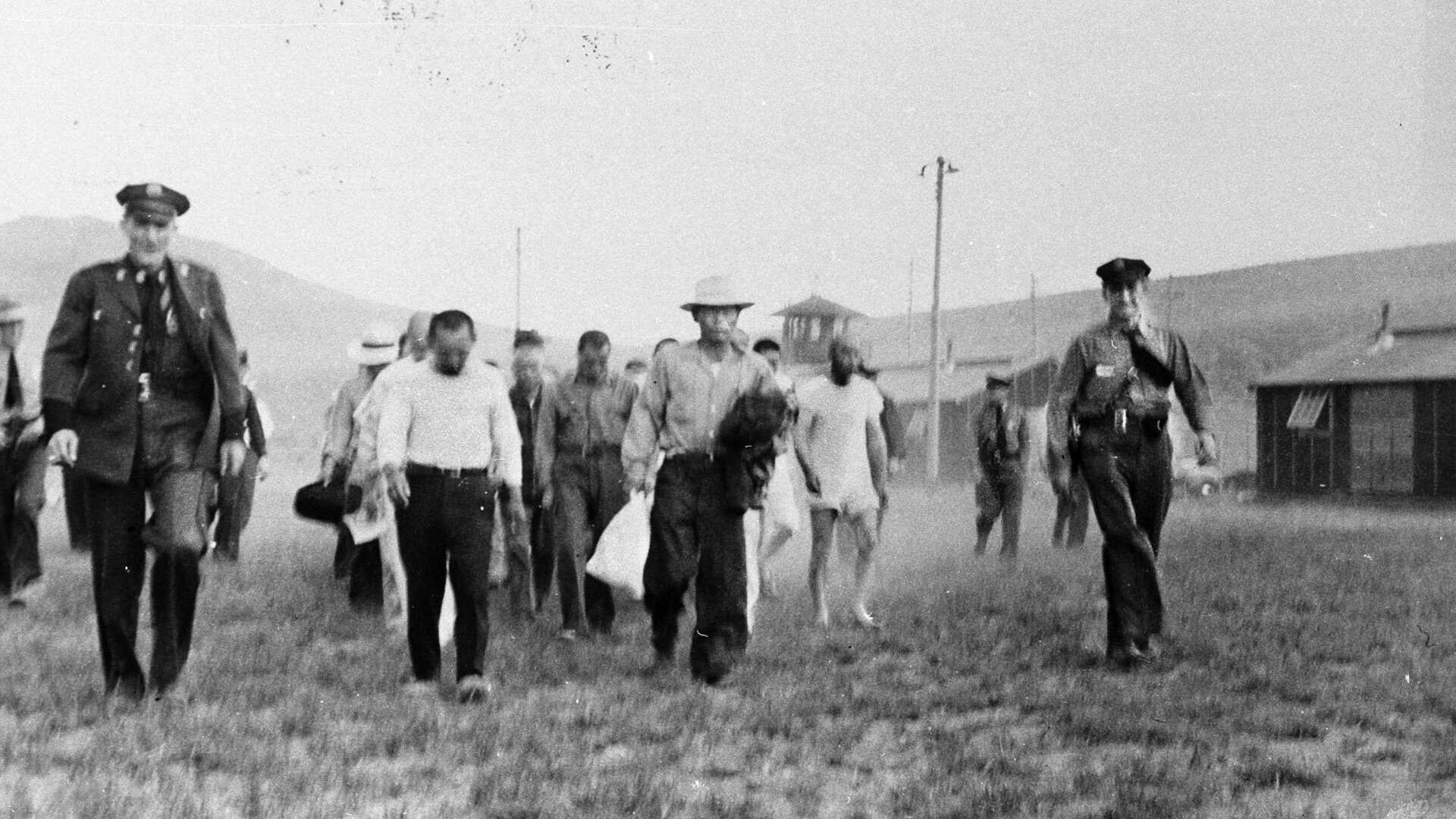
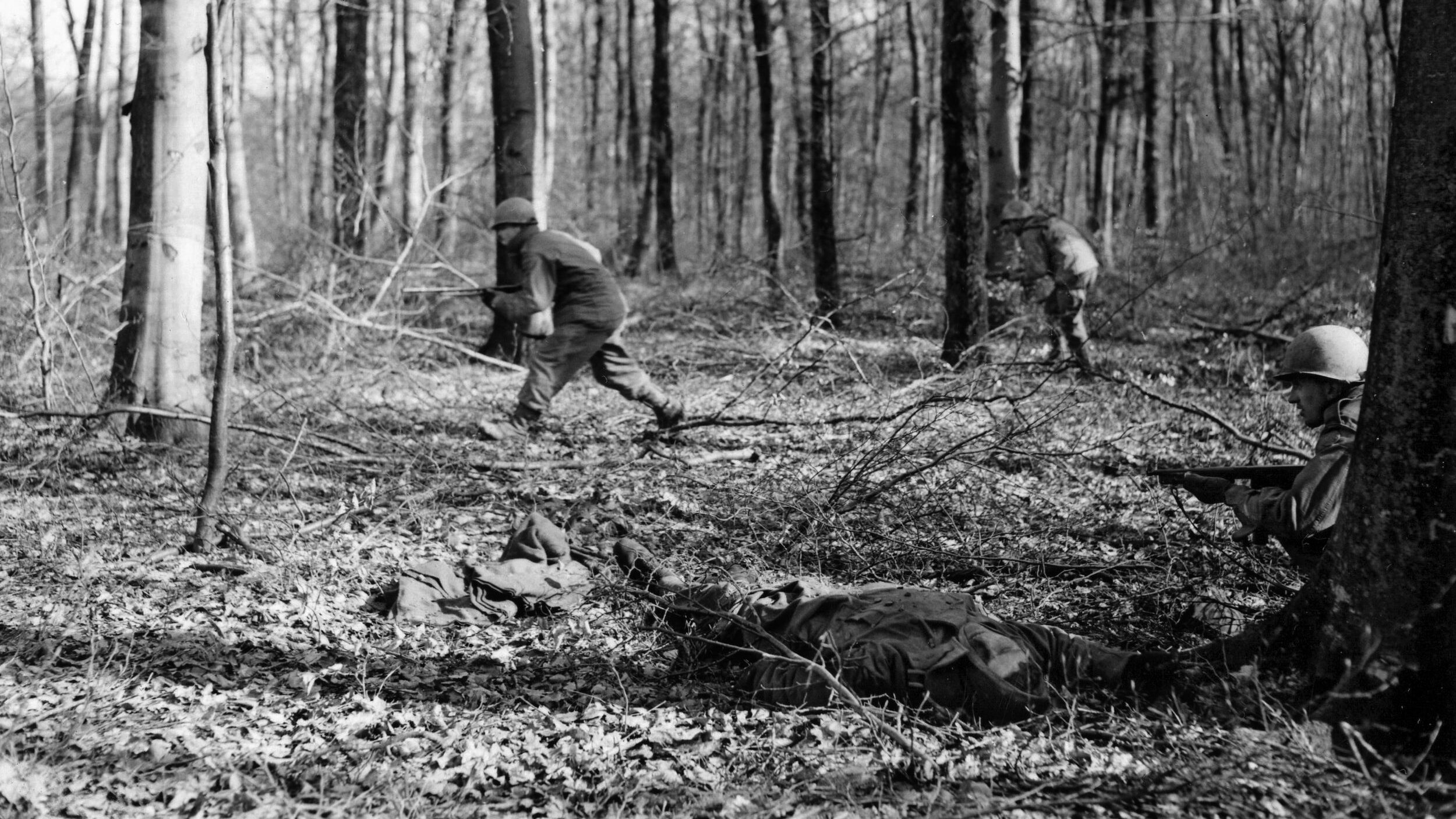
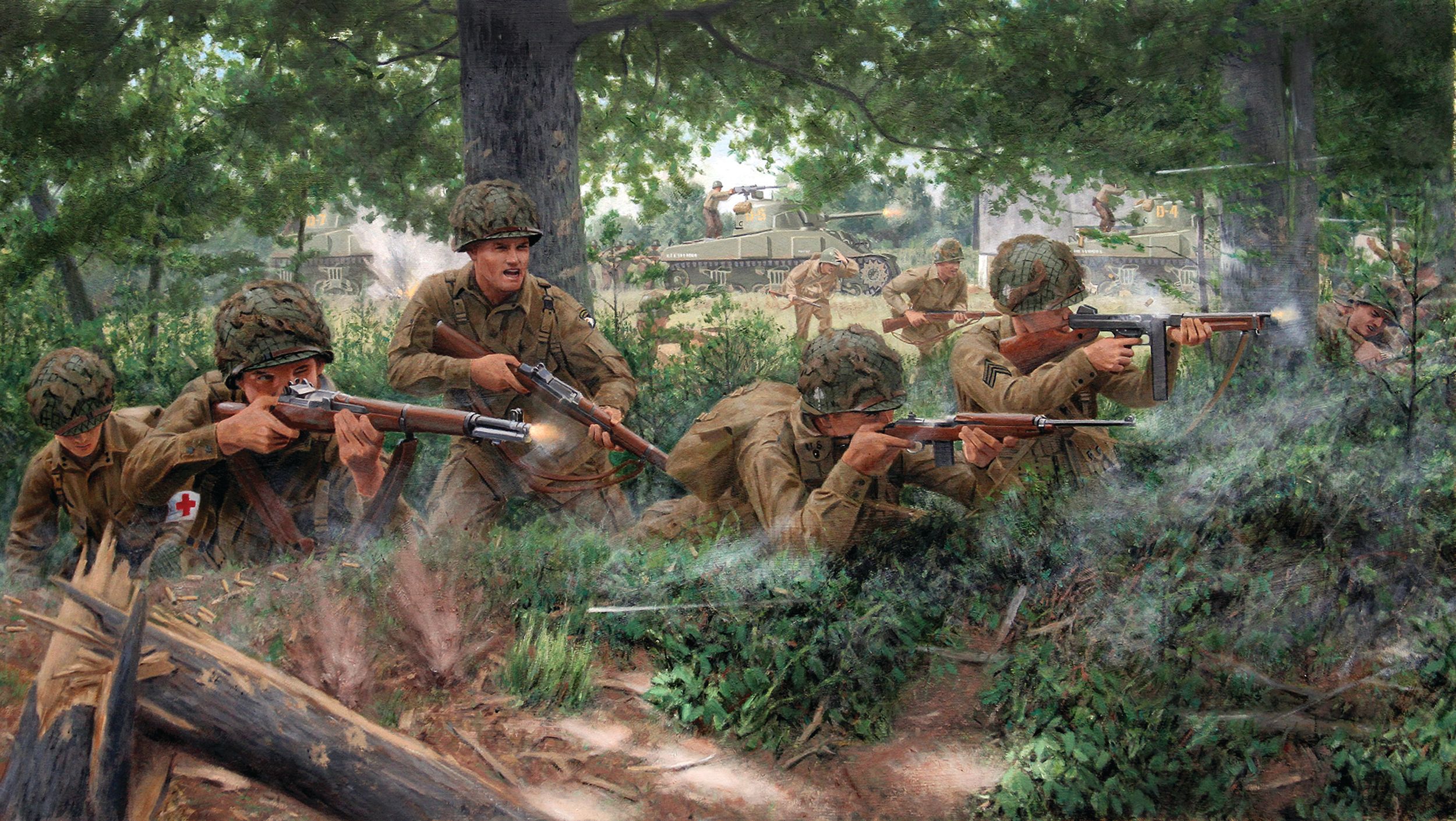
My Husband, James Leon Bailey, was on the ship at that time. He wasn’t even 20.
My father was on the ship he was 17 years old volunteered for the Navy and saw some of the most horrific things no one should see he talked about this only one time, burning bodies men jumping overboard attacked by sharks the smell the heart the stench he received a commendation for leading men from below decks. After college went to work for Westinghouse Martin Marietta NASA and DoD during the Gulf War when he watched his Aegis ships system fire off all he said was ‘not one life lostnot one American Life lost’ only then did I understand what drove his devotion to his work, he was a religous man, man of peace
My father Daniel C. Holthouse was on the USS Franklin. How can I find out more about his service on that ship?